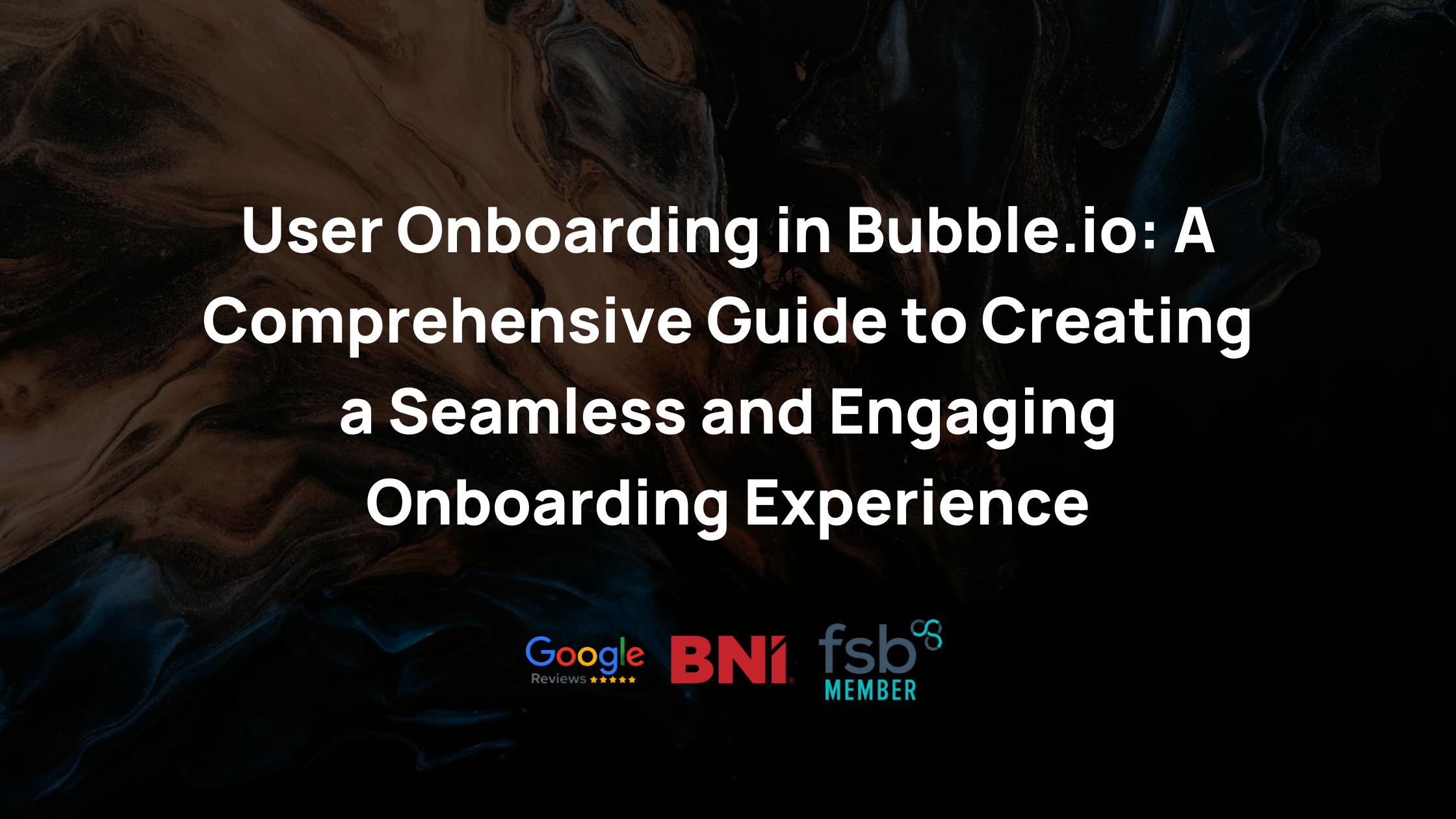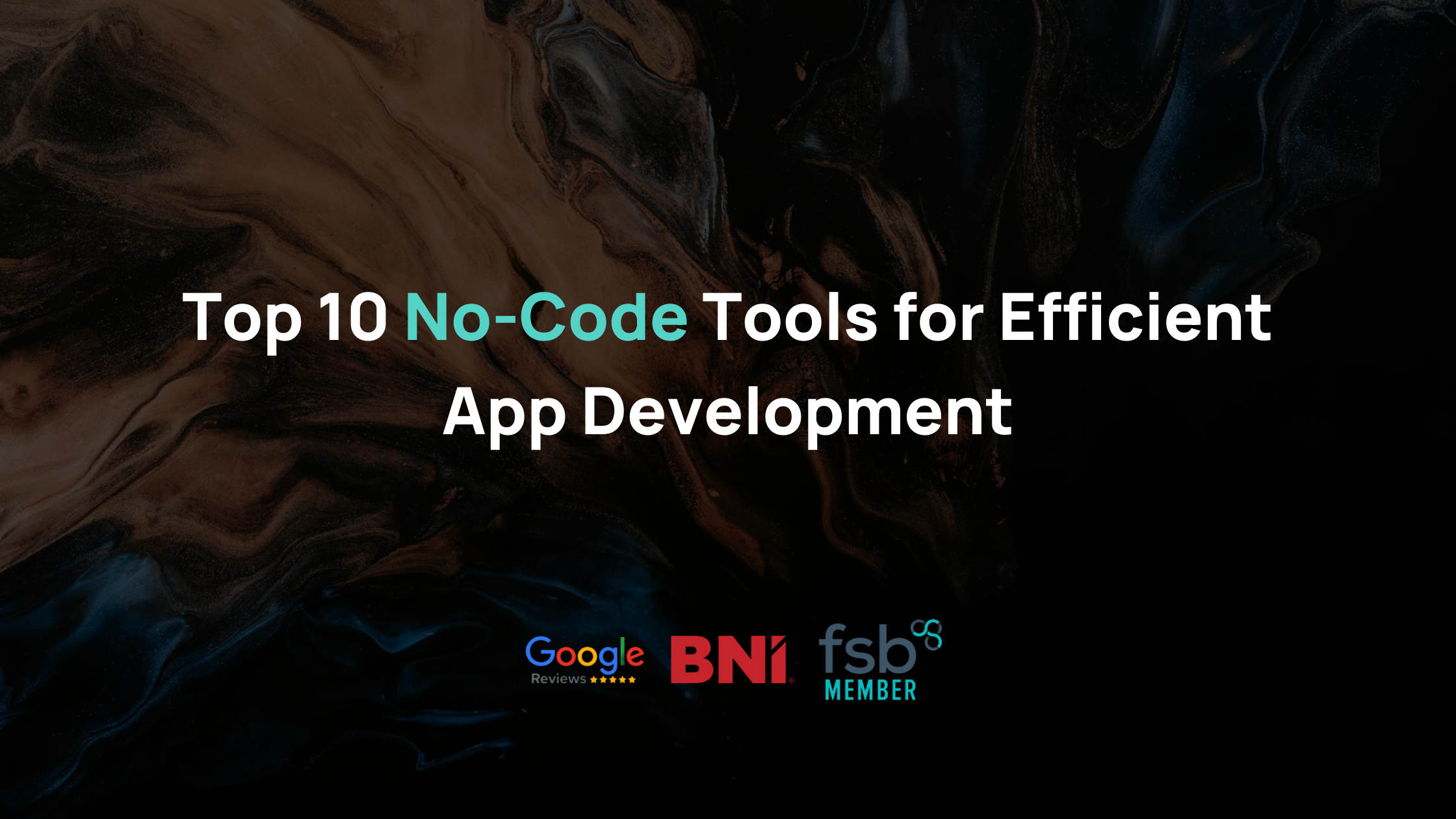Choosing the Right Platform for Your Community App
Choosing the right platform for your community app is crucial. The platform you choose will impact how efficiently you can create, manage, and grow your app. It’s important to make an informed decision to ensure your app meets the needs of your community and stays within budget.
A well-chosen platform supports various functions like messaging, event management, and user interaction. There are many platforms available, each catering to different needs and offering unique features. Knowing your community's specific requirements helps in making the best choice.
In this article, we’ll explore how to understand your community’s needs and compare different platform options. We will look at the benefits of no-code platforms and how to evaluate costs and features. By following these steps, you can select a platform that maximizes engagement and keeps your community connected.
Understanding Your Community's Needs
Before choosing a platform for your community app, it's essential to understand your community's specific needs. Knowing what your users require helps you select a platform that provides the right features and functions.
Start by identifying the key activities your community engages in. Does your community focus on discussions, events, or sharing content? Understanding these activities allows you to prioritize features that will support them. For example, if event management is crucial, look for platforms with robust calendar and RSVP features.
Next, consider the size and growth potential of your community. Smaller communities might have different needs compared to larger, rapidly growing ones. A platform that scales well ensures you won't need to switch platforms as your community expands. Look for platforms that offer flexible subscription plans, allowing you to upgrade as your community grows.
Finally, gather feedback from your community members. Ask them what features they find most useful and what improvements they’d like to see. This input is valuable in choosing a platform that meets the actual needs of the users instead of guessing what might work best. With a clear understanding of your community’s needs, you are better equipped to make a well-informed decision.
Comparing Different Platform Options
Once you understand your community’s needs, the next step is to compare different platform options. Evaluating a variety of platforms helps you choose the one that best fits your requirements and budget.
Create a list of potential platforms. Look for reviews and ratings to get an idea of their reliability and performance. These reviews can provide insights into user experiences and common issues with each platform.
Make a comparison chart to easily see how each platform stacks up against the others. Include criteria such as ease of use, available features, customer support, and scalability. This visual aid helps in quickly identifying which platforms offer the best combination of features for your needs.
Finally, consider the long-term goals of your community. Think about how each platform will support future growth and additional features you might need later on. Choosing a platform that aligns with your long-term vision ensures you won’t have to switch platforms frequently, which can be disruptive and costly. By carefully comparing different options, you can find a platform that effectively meets both the current and future needs of your community.
Benefits of Using No-Code Platforms
No-code platforms offer significant benefits for developing community apps. These platforms simplify the development process, making it accessible even for those without technical skills. We can create and customize our app using visual interfaces and drag-and-drop elements, saving us time and resources.
One major advantage of no-code platforms is cost savings. Traditional app development involves hiring developers, which can be expensive. No-code platforms reduce or eliminate these costs. We can build a fully functional app without a large budget, allowing us to invest in other areas like marketing or user engagement.
Flexibility and speed are other key benefits. No-code platforms allow for rapid prototyping and adjustments. If we need to add new features or tweak existing ones, we can do so quickly without waiting for a developer. This agility ensures our app meets our community’s needs as they evolve over time.
How to Evaluate Platform Costs and Features
When choosing a platform, evaluating costs and features is essential. We need to ensure that the platform fits our budget while offering the necessary functionality. Start by listing the must-have features given our community’s needs and compare these across different platforms.
Consider the cost structure of each platform. Some platforms charge a one-time fee, while others offer subscription-based pricing. We should look at what’s included in these fees. Compare whether the platform charges extra for additional features, users, or storage. Transparent pricing helps us choose a platform with no hidden costs.
Another crucial aspect is customer support and resources. We should select a platform with good customer support and access to helpful resources like tutorials and forums. Reliable support ensures we can resolve any issues quickly, minimizing disruptions to our community.
Conclusion
Choosing the right platform for our community app is a critical decision. By understanding our community’s needs, comparing different platform options, and evaluating costs and features, we can select a platform that supports our goals and fits our budget. No-code platforms, in particular, offer unique benefits by simplifying development and reducing costs.
Making an informed choice ensures our app can grow and adapt to our community's needs. With the right platform, we provide a space for our community to connect, share, and thrive.
Are you ready to create an efficient and engaging community app? Contact CreatorConcepts Limited to turn your vision into reality with ease and expertise!
 By
By


